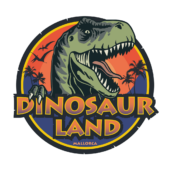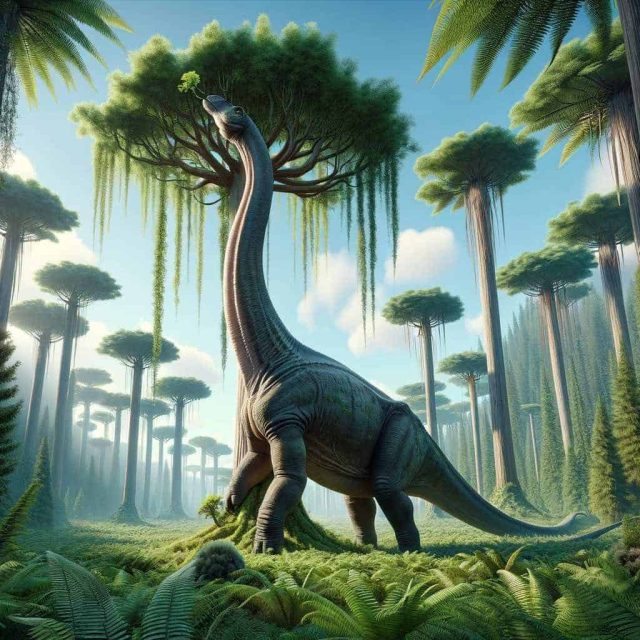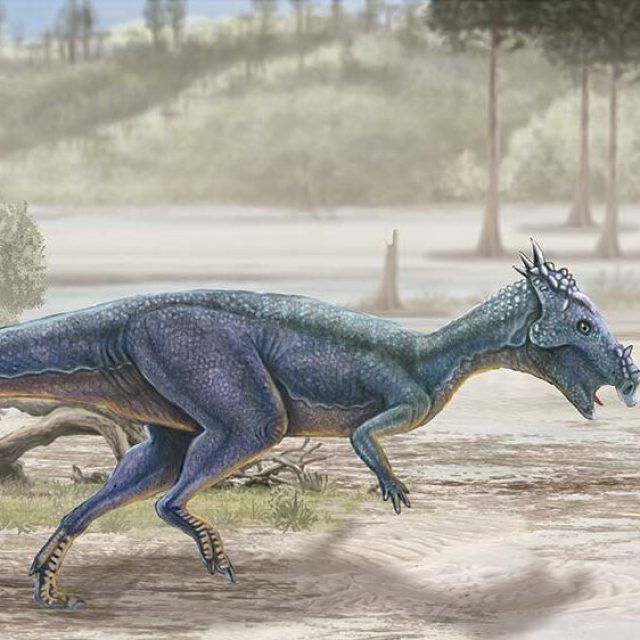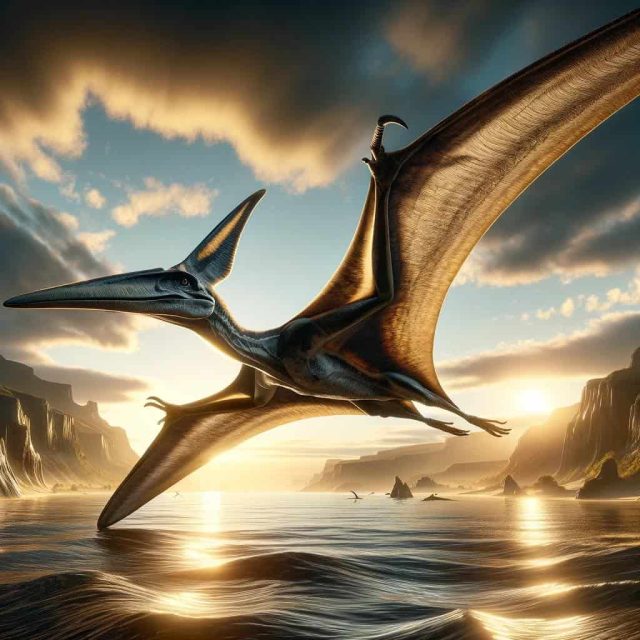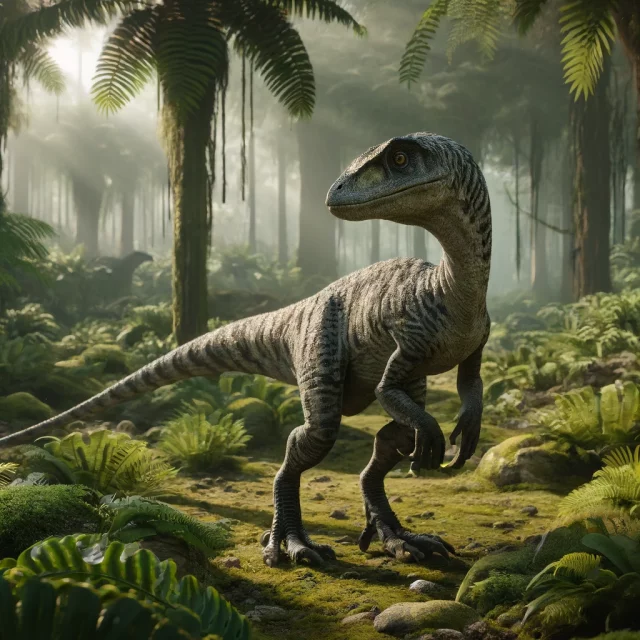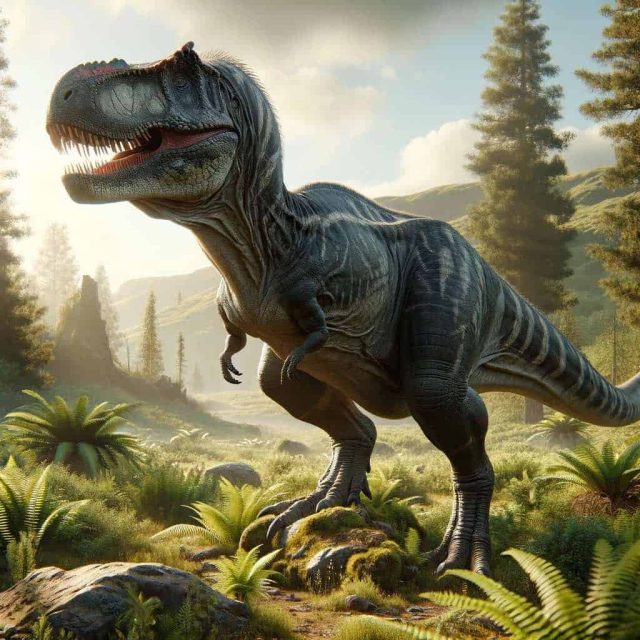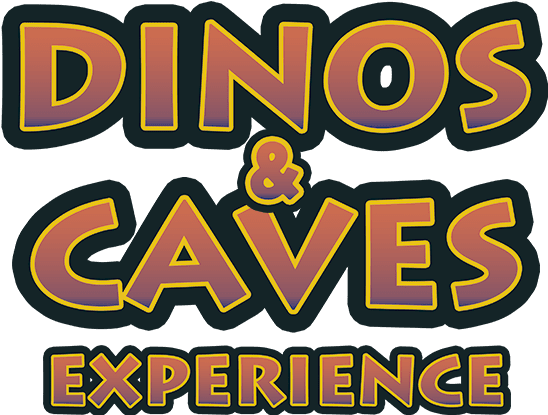Its name means thorny devil of the river Styx. It is likely that the scaly horns were used to fight each other, striking each other’s flanks until one weakened and fell back, leaving the victor to choose a female or lead the herd. It is believed that it was the mid-growth phase of the same species, along with Dracorex and Pachycephalosaurus. It is currently believed that it was not a species of its own, but rather the developing phase of the Pachycephalosaurus.

Stygimoloch
Family
ornistiquios
Era
Tardío Cretácico, hace 66 millones de años
Where he lived?
América del Norte
Weight
1.000Kg
Height
1´1m
Length
3m
see more dinosaurs
plan your visit
